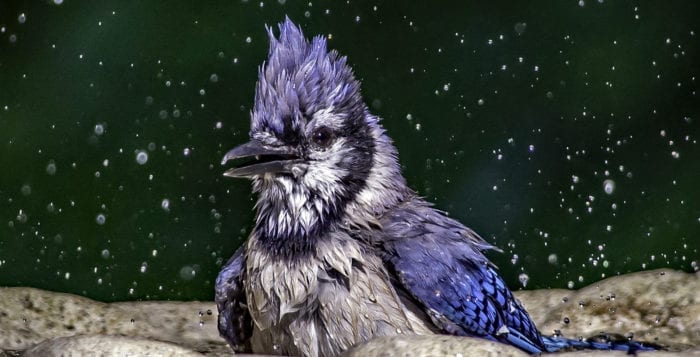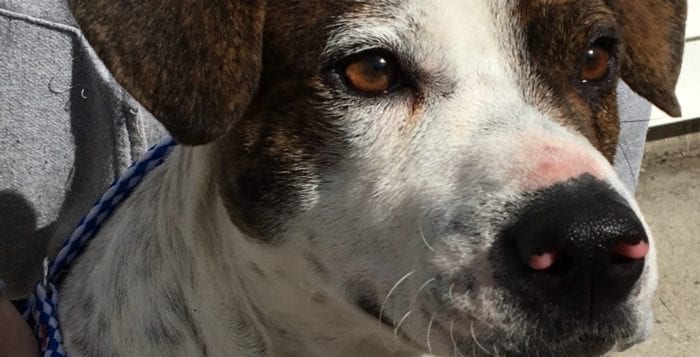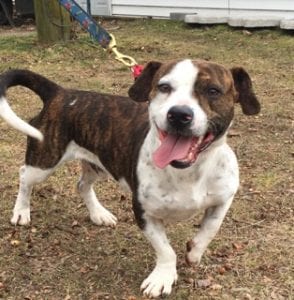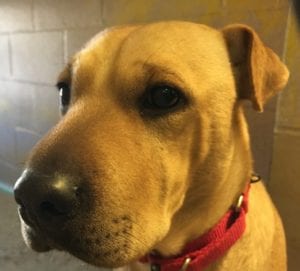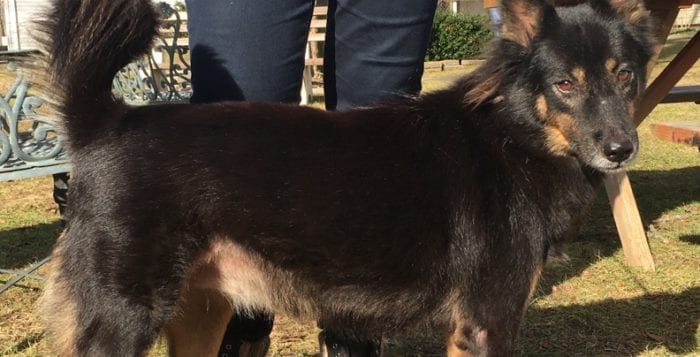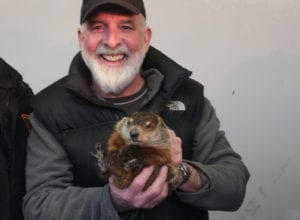Aging isn’t for sissies. We’ve all heard that line before and it also applies to our pets, our cats and dogs, our horses and so forth. Teddy is our only pet, a golden retriever with a square head, a pug nose, expressive brown eyes and an affable disposition. He has lived with us since he was 8 weeks, and in June he will turn 12.
It’s hard for us to see him getting old. He is totally deaf now and only knows we are there when we touch him. Then he will be startled as he whips his head around to see us and slowly wags his tail as if to say, “Oh, I know you, I’m safe with you.” He has serious cataracts that interfere with his vision, and he is beginning to bump into the corners of furniture. He’s gone white around his muzzle, although the changeover from light blond isn’t so dramatic. And while he still can find his way back to the front door after he’s gone out, he occasionally wanders aimlessly inside the house. Sometimes he just sits and stares at a wall. Yet most of the time, he is his usual self, putting his head in each of our laps in turn as we sit in the living room and nuzzling us with love.
Worst of all, for no reason we can discern, he will begin a chorus of howling. It’s a curious chain of sounds, starting at a high pitch and dropping down until it is wolverine, coming from deep in his throat. He throws his head back when he howls, much like the wolves I saw in the Oregon Zoo in Portland. Maybe it’s the equivalent of a primordial scream, or maybe he is communing with his ancestors, telling them he is on his way. It brings us to tears.
My sons tell me we should have cataract surgery for him on one eye to enable him at least to see better.
“You’d be howling, too, if you couldn’t see or hear,” they argue. Of course they have a point. But I am afraid, afraid of what Teddy’s reaction to the anesthetic might be, afraid to send him to a place of unfamiliarity, afraid to subject him to invasive procedure.
To further complicate the picture, he has had a seizure. We saw the whole thing. It happened only 10 minutes after the last of our dinner company had left a few weeks ago. He was laying down on his side in his familiar station near the front door when suddenly his legs started flailing at the air, he began panting and saliva started to bubble from his mouth. All we could do was look on in horror for the short time that it lasted. When it was over he became uncharacteristically aggressive for a couple of minutes. Then his breathing slowly returned to normal, and he started walking from room to room. After perhaps 15 more minutes, while we watched with concern, he sauntered over to his food bowl as if nothing had happened and began eating all his dinner, finishing up with a noisy slug of water. Finally he spun around, plopped down and looked at us as if to say, “Why are you following me?”
We called the vet, who seemed much more sanguine than we were and assured us that this sometimes happens to pets, although it had not happened to any of our preceding three dogs. She put him on meds to prevent another seizure.
What followed was a trial-and-error course of medication that alternately left Teddy so wobbly that he could barely step off the porch and caused him to sleep constantly, or wound him up so that he howled intermittently through the night, needing reassurance each time that we were there. It was like having a newborn baby in the house demanding multiple feedings.
We’ve finally gotten the right medicines to the right level and life is almost back to normal, but the questions remain: What to do next, and when to do it?

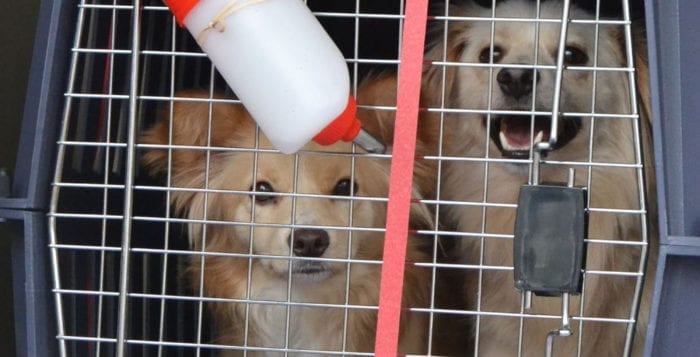
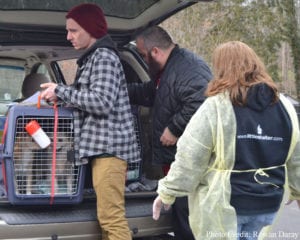

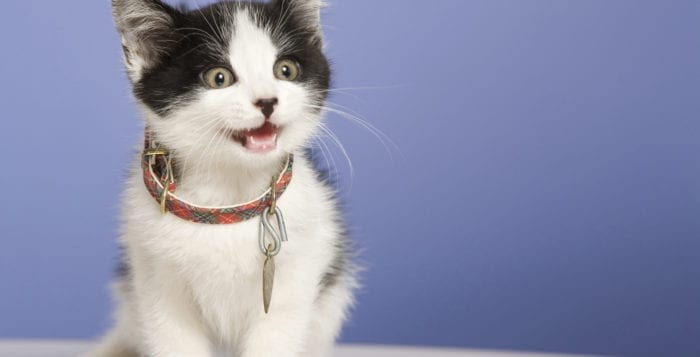
 I can’t even recall how many times a feline with a runny nose enters my clinic. A kitten is a little more straightforward as an infection is most likely the cause.But what happens when an adult cat presents? What if this cat is the only cat in the household? What if the cat never goes outside? This is when it gets interesting (and sometimes a touch frustrating).
I can’t even recall how many times a feline with a runny nose enters my clinic. A kitten is a little more straightforward as an infection is most likely the cause.But what happens when an adult cat presents? What if this cat is the only cat in the household? What if the cat never goes outside? This is when it gets interesting (and sometimes a touch frustrating).
